 Image Credit: Kzaral
Image Credit: Kzaral
There is never a more ubiquitous Japanese image around the world than fully bloomed Sakura cherry blossom trees in springtime — their pink, petite petals swaying gently from their branches to grass patches and tarmac strips lined up in near-perfect symmetry.
If you are looking for a slice of this surreal experience, you are months too late; this year’s cherry blooming — that starts from the southernmost prefecture of Okinawa and gradually makes its way across the length of Japan — has long shed its last petals in its northernmost tip, Cape Sōya. Reaching the end of the line, however, does not necessarily nullify the significance of being there.
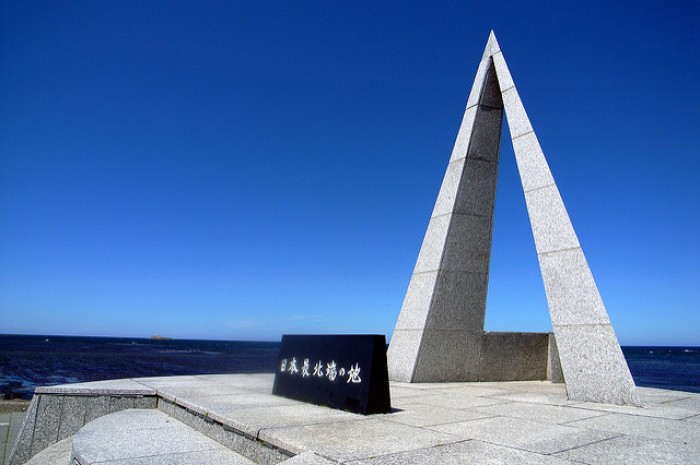 Image Credit: yoppy
Image Credit: yoppy
While the rest of Hokkaido is better known for its beautiful summer flowers, Cape Sōya represents the transition from one travel obsession to another. History has been well-documented with man’s attempts to reach the ends of the world, from Mount Everest to Antarctica. Although Cape Sōya is not nearly as intense, it still remains a point in Japan that travel pilgrims seek out for a sense of fulfilment, embodied by a monument that marks the journey’s end.
Standing at the edge of the cape overlooking the vast ocean, your hair stands and goose bumps erupt; partly from the strong wind, partly from the knowledge that this is where Japan ceases.
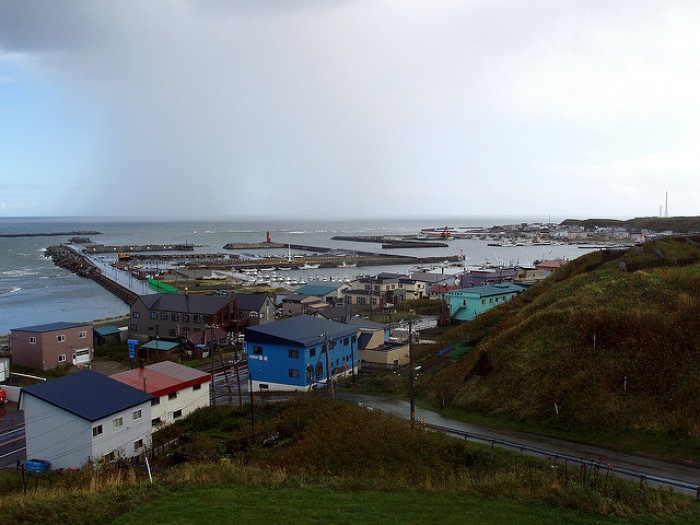 Image Credit: Mike Raybourne
Image Credit: Mike Raybourne
As sleepy coastal towns go, Cape Sōya Town — not officially on the map because it is a mere strip of seaside establishments — embodies the lazy rhythm that it sways to — its lull coaxes your legs out of the frantic speed that they have always been accustomed to, and you find yourself slowing to a stroll, taking in the unmistakable fragrance of sea breeze and appreciating this newfound seaside calmness.
The clouds have dimmed the late morning sun, and Cape Sōya is at its gloomy best. You feel the slight chill despite it being the peak of summer. Your stomach growls, and you check yourself into the nearest ramen restaurant, which is conveniently around the corner.
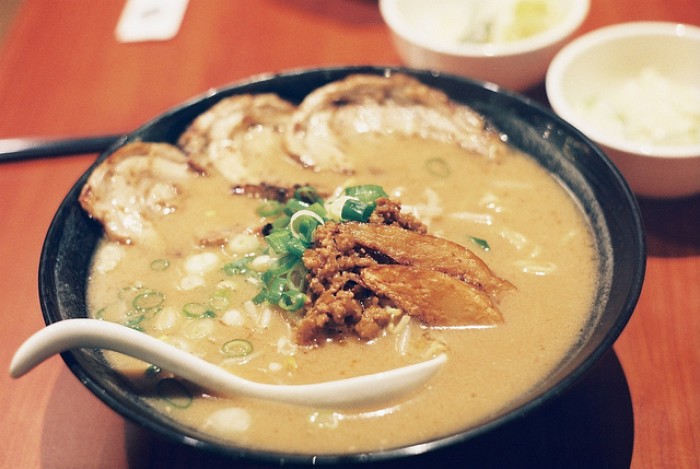 Image Credit: Brandon Wang
Image Credit: Brandon Wang
Ramen is one of Japan’s most iconic dishes; it is also often talked —and debated— about. Depending on which sources you believe in, ramen either originates from China or is a proud Japanese invention. Given that you are standing on Japanese soil, it is unlikely that you will hear the former. Regardless of its roots, miso ramen, one of the several variations, is undisputedly a Hokkaido brainchild.
The miso is generous, and the broth — chicken or fish — is hearty. The uniqueness of the dish is its versatility; because of its robust flavour, it complements a wide range of toppings — butter and corn, spicy bean paste, leeks, ground pork, and sesame seeds, to name a few. It is also said that the richness of the broth stems from the fact that some restaurants use the very same boiling mixture from the time they first opened their doors — some as far back as decades ago. Fret not, it is perfectly safe.
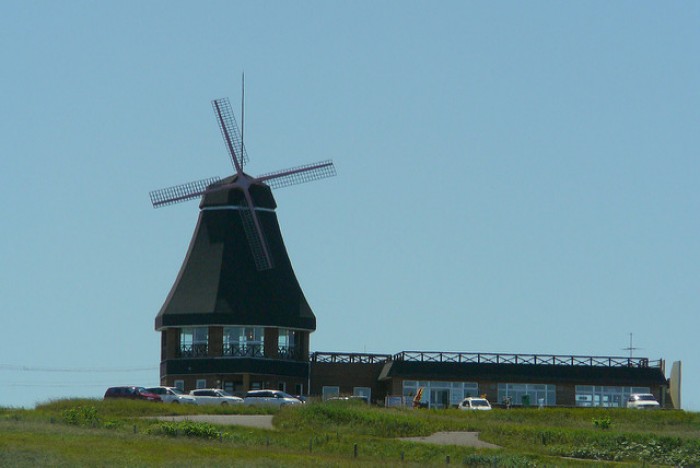 Image Credit: yoppy
Image Credit: yoppy
Just behind the restaurant is an observatory that offers a clear view of Cape Sōya and beyond. It is here that you can make out more than just the faint outlines of the nearest foreign land across the ocean — Sakhalin Island, Russia. In between mildly impolite burps from your sumptuous meal, you use this opportunity —from the comfort and anonymity behind a glass screen inside a cosy building — to sweep the vicinity, keeping an eye out for details you might have missed out earlier. You notice what looks like a brick house a la Dutch with a windmill fitted on its coned roof.
Guesthouse Armeria is located at the end of Sōya Park not too far from the observatory, and is a welcome pit stop for weary legs from a long day of exploration. Here on, the path forks; within the boundless confines of Sōya Park stands the Sōya Lighthouse — picture-perfect; postcard-worthy. It is not overbearingly huge and therefore fits the unremarkable serenity that Cape Sōya stands for, but its distinct red-and-white stripes and boxlike structure can be spotted from miles away.
On the other side of the fork lies a charming path that straddles the coastline alongside the Sōya National Highway. It may be seven kilometres long, but the ever-enchanting view of the Sōya Strait will leave you forgetting to keep track. To top off the adventure, where the path ends is where another starts: Shiro Michi (White Road), so pristinely white that you hesitate to walk across it and leave a stain. As you squat to admire its beauty, you realise that the “path” consists of recycled seashells.
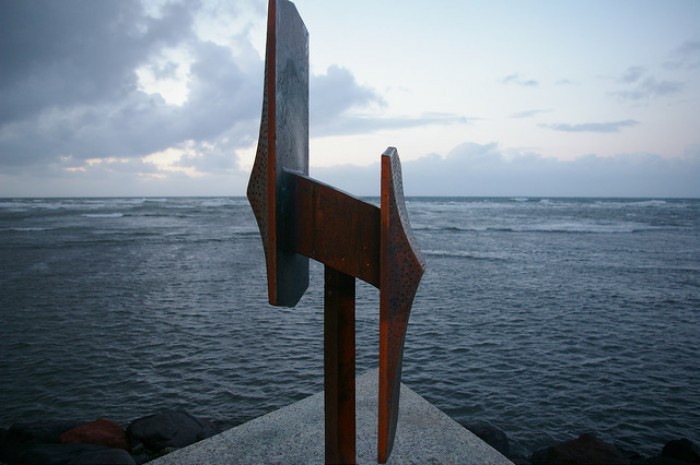 Image Credit: Nao Iizuka
Image Credit: Nao Iizuka
Cape Sōya is one of those rare destinations in that you learn the art of being rather than doing. It does not have shopping complexes, theme parks, or commercialised safaris. It does not pretend to be something it is not; it is what it is — always sleepy, always soothing.
Perhaps it is indeed necessary that the town slows you down upon your arrival; the breathtaking experience of Cape Sōya can only be fully felt when you stop and with your baggage to the side, pause to appreciate the fact that you are at where Japan ends.





